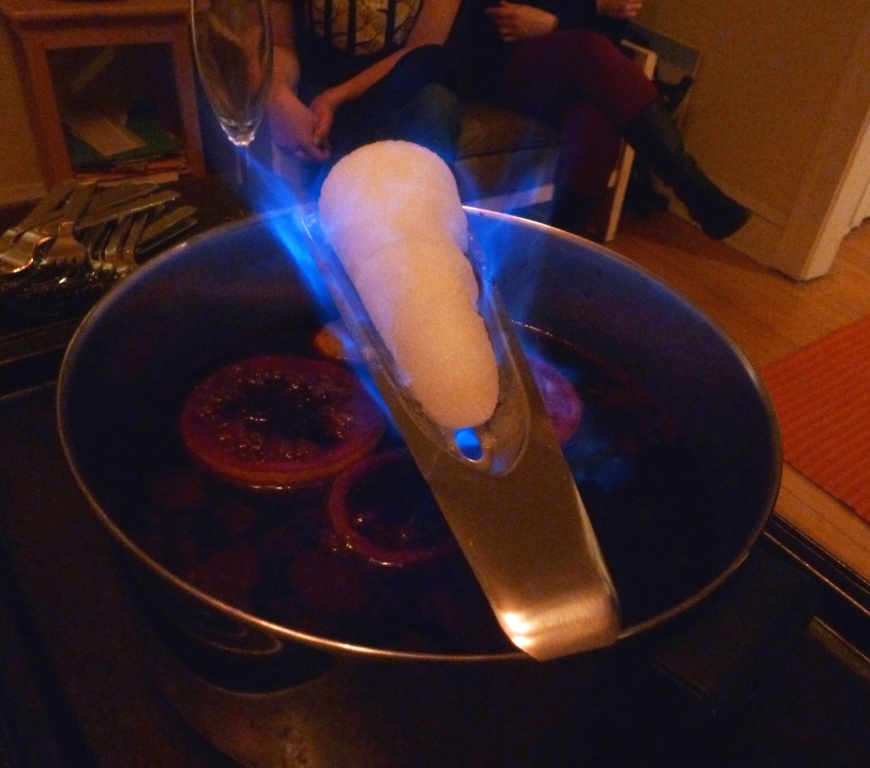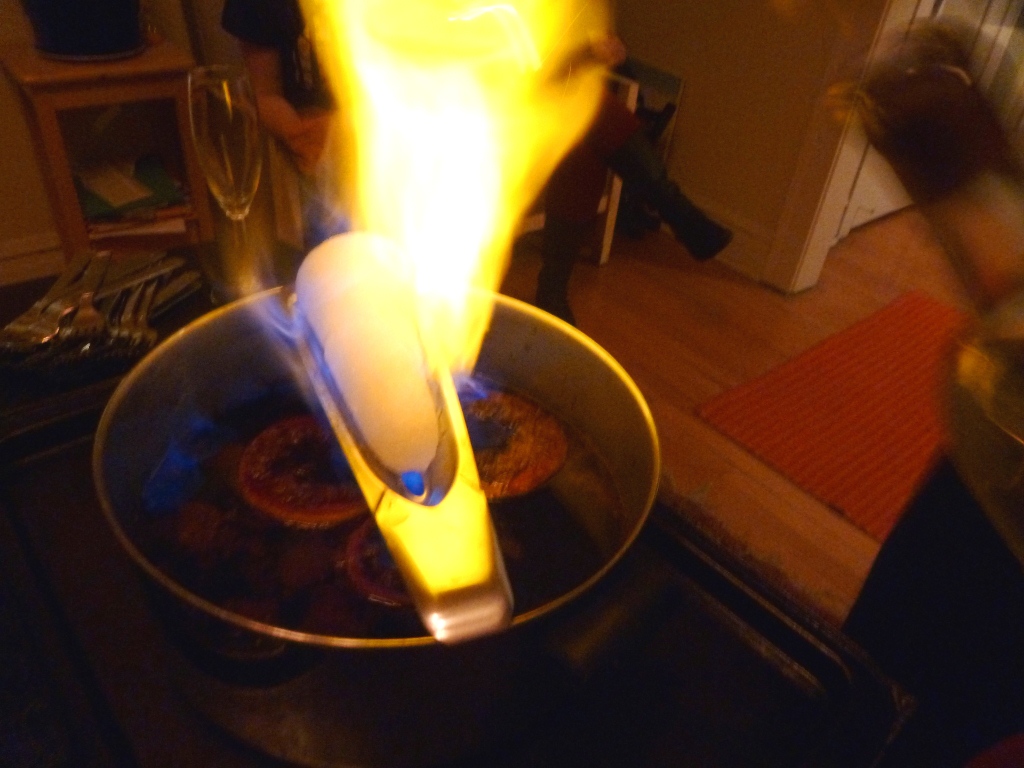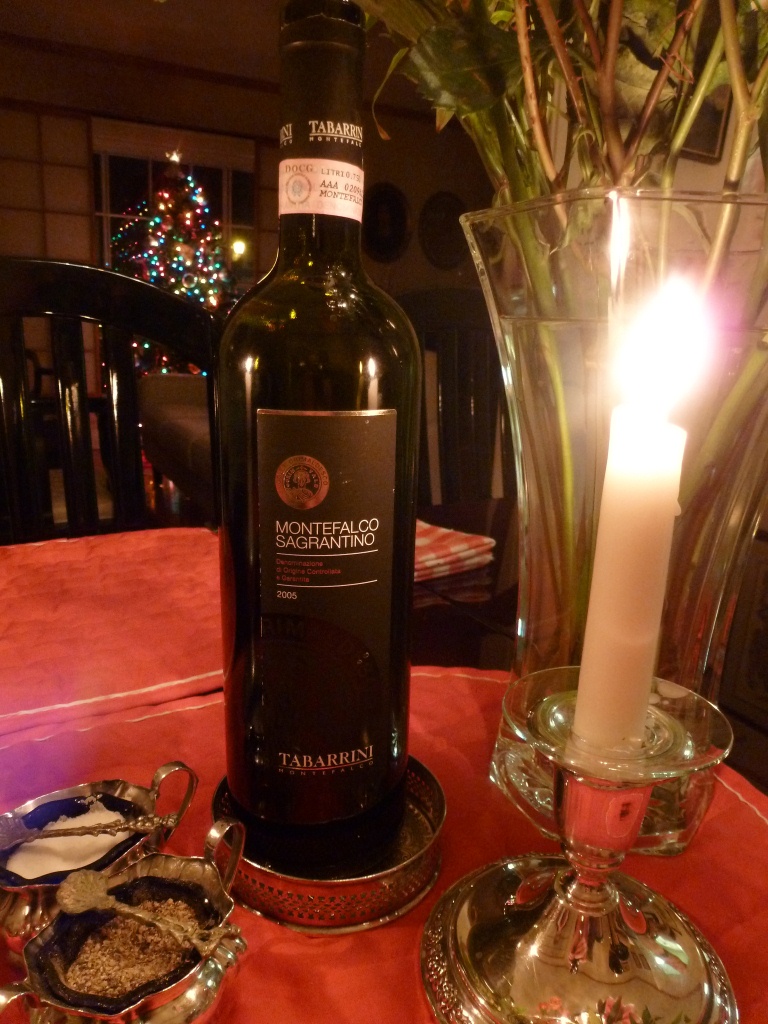Some Odd Resolutions
Many of us use the beginning of the new year to take stock, examining our lives and bodies and, finding faults, we resolve to correct them. For the next month or two, we flail around the gym in sweaty desperation, lay siege to armies of dust soldiers in their well-defended closet fortresses, or simply try to “be more positive.” Worthy pursuits, all.
But surely you deserve a fun (and easy) resolution or two as well. Consider adding one of the following to your list:
1. Drink more sparkling wine. Many people indulge in elegant Champagnes tonight, but for most, it’s the only time of year they break out the bubbly. Cava, Prosecco, Crémant and, yes, Champagne, are wonderful at any time of year, and pair well with all sorts of foods. The pop of a cork makes any gathering feel more festive.
2. Drink some dessert wine. I’ve attended very few parties where one has been served, and I can’t think of the last time a dining companion ordered one in a restaurant. Any dessert wine worth its salt isn’t just candy in a bottle; it will exhibit a delicious balance of sweetness, acid and perhaps even some minerals, wood or other flavors. Ask for a recommendation in your price range at your local wine shop, and I am 100% certain you’ll delight your guests. Or heck, just drink it yourself.
3. Drink some rosé. Sweet, boring White Zinfandel ruined the reputation of rosé in this country, therefore any American winemaker who produces a proper dry rosé probably really puts his or her heart into it. But dry rosés from anywhere can be a delight, particularly in warmer weather. I can think of few finer ways to lunch than sitting outside in the sun, dining on simple picnic fare with friends, a glass of rosé in hand.
4. Get out of your cocktail rut. Type “Classic Cocktails” into a search engine, and you’ll find all sorts of fun, time-tested ideas (or, of course, you can click on one of the spirits listed just to the right). If you’re feeling more adventurous, make your own cocktail recipe. A good rule of thumb is to use a base liquor (like vodka, gin, brandy, etc.), a smaller amount of a liqueur (like triple sec, crème de cassis, maraschino) and a mixer (fresh lime juice, pineapple juice, cranberry juice). If it feels like it’s missing something, add a dash of bitters.
5. Go into your favorite wine shop and ask for something weird. Sometimes for my birthday, I request that party guests do this for my gift. I’ve received everything from root beer schnapps to a wine from Santorini that tasted like stone and sunshine. If the wine store employee looks at you like you’re crazy, resolve to find another wine store.
Happy New Year!








